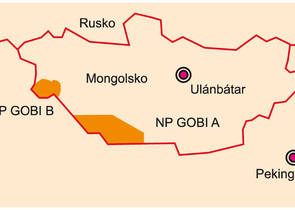The Journal is published by the Nature Conservation Agency of the Czech Republic in cooperation with the Cave Administration of the Czech Republic, the Krkonoše Mts. National Park Administration, the Bohemian Forest Mts. National Park Administration, the Podyjí National Park Administration and the The Bohemian Switzerland National Park Administration. It has been published since 1946.
cs / en
Nature Conservation 2/2009 — 21. 4. 2009 — International Nature Conservation — Print article in pdf
The Gobi B National Park
The unique diversity of nature in the largest Asian desert – the Gobi - resulted in establishing some large-size protected areas there. In 1975, the Great Gobi National Park was established in Mongolia, covering an area of 53,000 km2. Particularly due to its remarkable fauna, the Great Gobi National Park became a UNESCO Biosphere Reserve in 1991. The National Park consists of two separate parts, the A part (an area of 44,000 km2) and the B part (an area of 9,000 km2) which differ from each other in the landscape, climate, vegetation and fauna. The author particularly aims at the B part, which had been the last refuge for the only recent wild horse species – the Przewalski’s Horse (Equus przewalskii). In the 20th century, some drivers contributed to its dramatic decline – raids by horse hunters from Kyrgyzstan and Kazakhstan in the 1940s, some subsequent hard winters with high snow cover and development of livestock grazing in the 1950s and 1960s. In the 1990s, the Mongolian government transfered shepherds from the National Park’s territory outside its borders. In 1992 the re-introduction of captive Przewalski’s horses from European zoos into native habitats began. At present, there are 140 wild horses in the western part of the Gobi B National Park: most of them have been born in the wild.
Název připojené galerie
Quisque egestas velit non nulla fermentum, aliquet pharetra nunc malesuada. Nullam molestie vel diam non tincidunt. Sed pulvinar lacinia nunc et consectetur. Duis varius leo ac ex scelerisque, ullamcorper eleifend massa consectetur. Nullam in metus ac arcu pellentesque venenatis ac id lorem. Nulla nec ipsum sed enim sodales blandit a sit amet ex.

Evžen Kůs
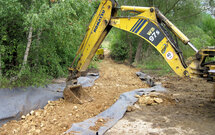
Evžen Kůs
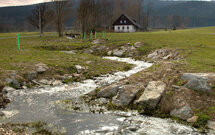
Evžen Kůs
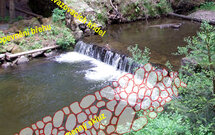
Evžen Kůs
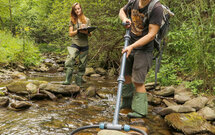
Evžen Kůs

Evžen Kůs


